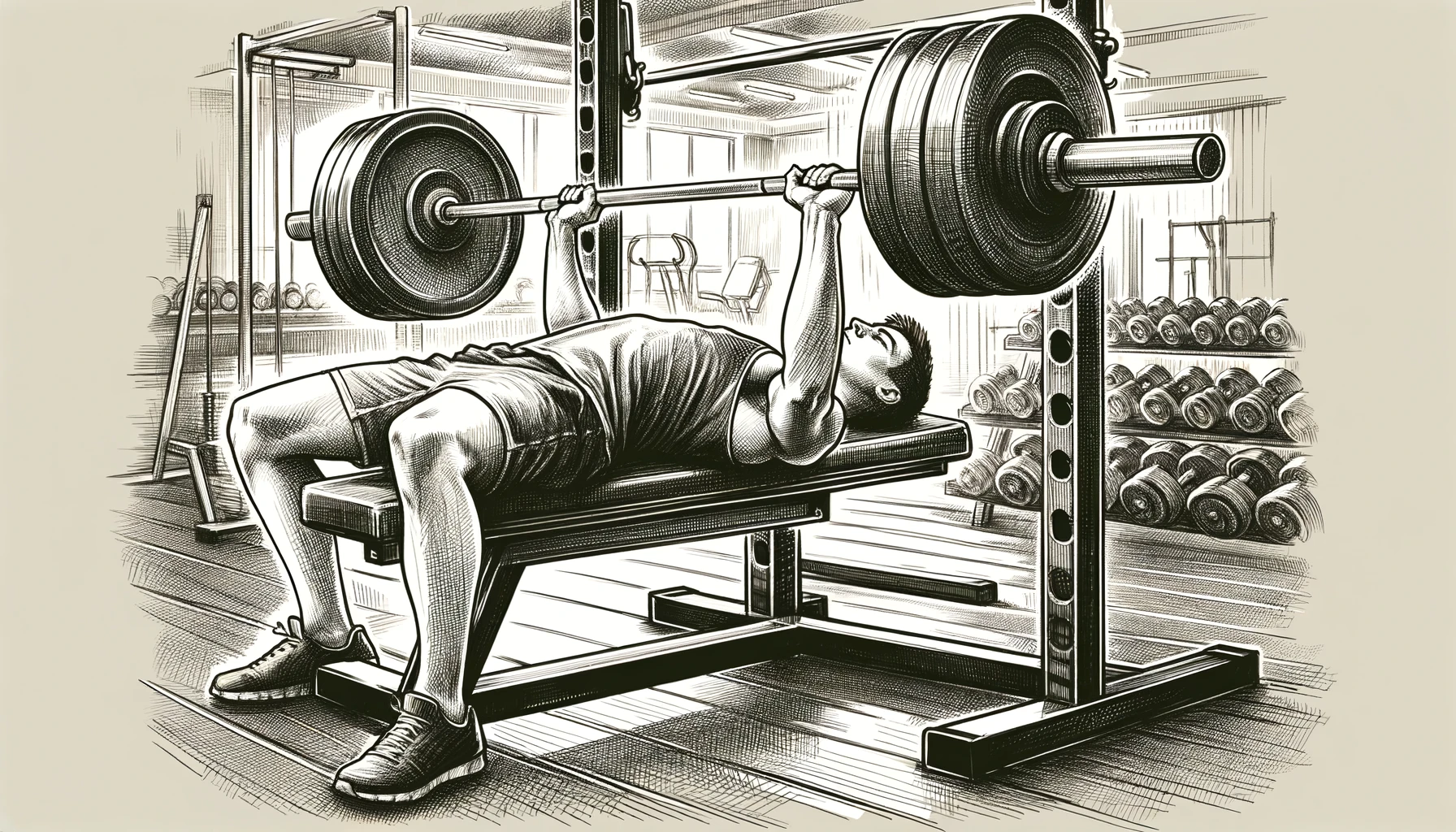
What Muscles Does Bench Press Work?
Ever wondered why the bench press is such a staple in fitness routines? This popular workout isn’t just about boosting your ego by lifting heavy weights. It’s essential for building multiple muscle groups, improving strength, and sculpting a balanced upper body. For anyone keen to start weightlifting or enhance their lifting game, understanding the right technique, including hand placement and equipment choice, is crucial to avoid injuries and maximize gains.
Gaining Strength Safely
Lifting weights can skyrocket your fitness levels, but without the right knowledge, it’s a bit like driving a car without knowing the road rules—accidents might happen. The bench press works not just one, but several key muscles: the chest muscles (pectoralis major and minor), the arm muscles (specifically the triceps), and the shoulder muscles (deltoids). It’s a powerhouse exercise that, if done regularly, can significantly enhance upper body strength and overall physique.
Wrong posture or slipping grip can lead to serious injuries like muscle strains or joint damage. That’s where the art of bench pressing correctly comes in—especially focusing on where you place your hands on the barbell. Surprisingly, a shift of few inches in grip can completely alter the effectiveness of the bench press and the subsequent risk of injury.
Choosing the Right Tool
Picking the best equipment for performing exercises like the bench press is not just about hitting your fitness targets but also ensuring safety and longevity in weightlifting. The Statera Olympic Weight Bar with Permanent Cerakote Bands stands out in the market with its superior durability and ergonomic design, tailored to secure your grip and boost your lifting confidence.
Hand Positioning: A Key to Effective Lifting
Did you know that the risk of wrist and shoulder injuries can increase if the barbell is not held correctly? Many beginners mistakenly think that a wider grip leads to broader chest development. However, this can overstress the shoulders and lead to discomfort. Ideally, your hands should be just slightly wider than shoulder-width apart when performing a bench press with our Statera Olympic Weight Bar. Such precision ensures balanced pressure across your muscles and joints, reducing injury risk and improving muscle engagement.
Step-by-Step Guide to Perfect Bench Press
Ready to get started? Here’s how you can perform a bench press while minimizing the risk of injury:
1. Set Up: Lie flat on the bench with your eyes directly under the barbell.
2. Grip Check: Hold the barbell with hands just wider than shoulder-width. Make sure the grip is firm, and your wrists are straight.
3. Unrack: Lift the bar off the rack with the help of a spotter if needed and position it directly above your chest.
4. Lower the Bar: Slowly bring the bar down to the mid-chest level, keeping your elbows at about a 75-degree angle from your body.
5. Push Up: Extend your arms to push the bar back up, exhaling as you do so.
With each step, ensure you’re focused on form rather than lifting the heaviest weights possible. Starting lower and gradually increasing the weight allows your body to adapt without strain.
Your Fitness Journey: Safety and Success
Whether you’re buying your first Olympic weight bar at StateraWeightBar.com or perfecting your bench press technique, the right approach is key. The smarter and safer your practice, the more remarkable and sustainable your progress.
Always warm up before you start bench pressing, listen to your body, and if something feels off—stop. Remember, injuries can set you back for weeks or even months; it’s worth taking a few extra minutes to ensure you’re doing things right. Implement these tips, and you’ll not only see a transformation in your strength and aesthetic but also keep your health in top form.
As you continue to develop your workout habits, keep these pointers in mind to ensure a safe and effective fitness journey. Your awareness and consistency are more than just lifting weights; they’re about uplifting your life, safely and sustainably. Happy lifting!
